Visiting Naples' historic centre means involving yourself in a history of more than two thousand years. It's one of the first European cities and, even today, it's possible to see, in the alleys of its historic centre, some remains that testify its immense historical stratification.
To visit this awesome heritage, and also much more, in the esisest and most economic way, there's the Naples Pass, the city's tourist card.
How to get the Naples Pass
The historic center as UNESCO heritage
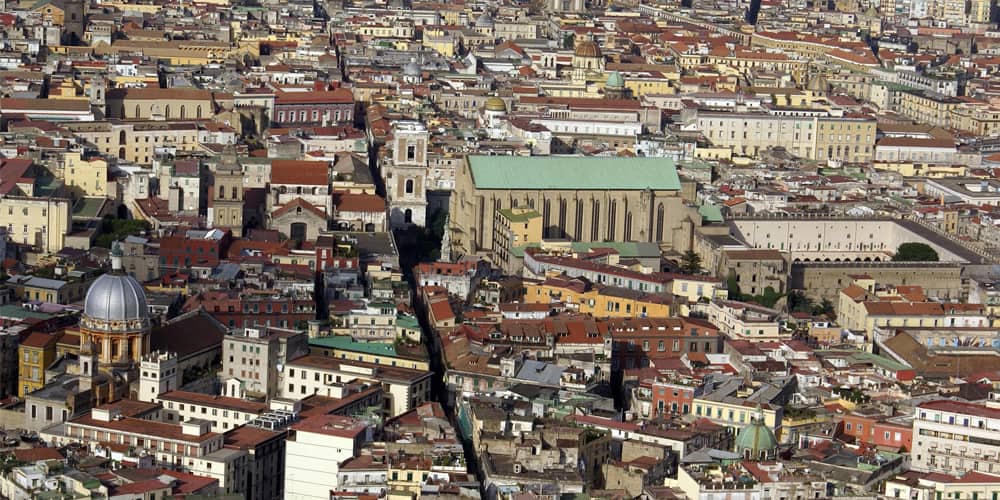
This historic centre is one of the largest in Europe. It collects artistic styles and influences of ever-changing dominations, that testify to the succession of peoples and culture in the Mediterranean area and Europe. For these reasons, they recognized Naples as one of the most beautiful destinations on the entire globe, so much so that it deserved the inscription, in 1995, on the UNESCO World Heritage List. It recognizes the value of an extraordinary concentration of points of cultural interest and the almost total preservation of its history.
The history of Naples' historic centre and its beauties
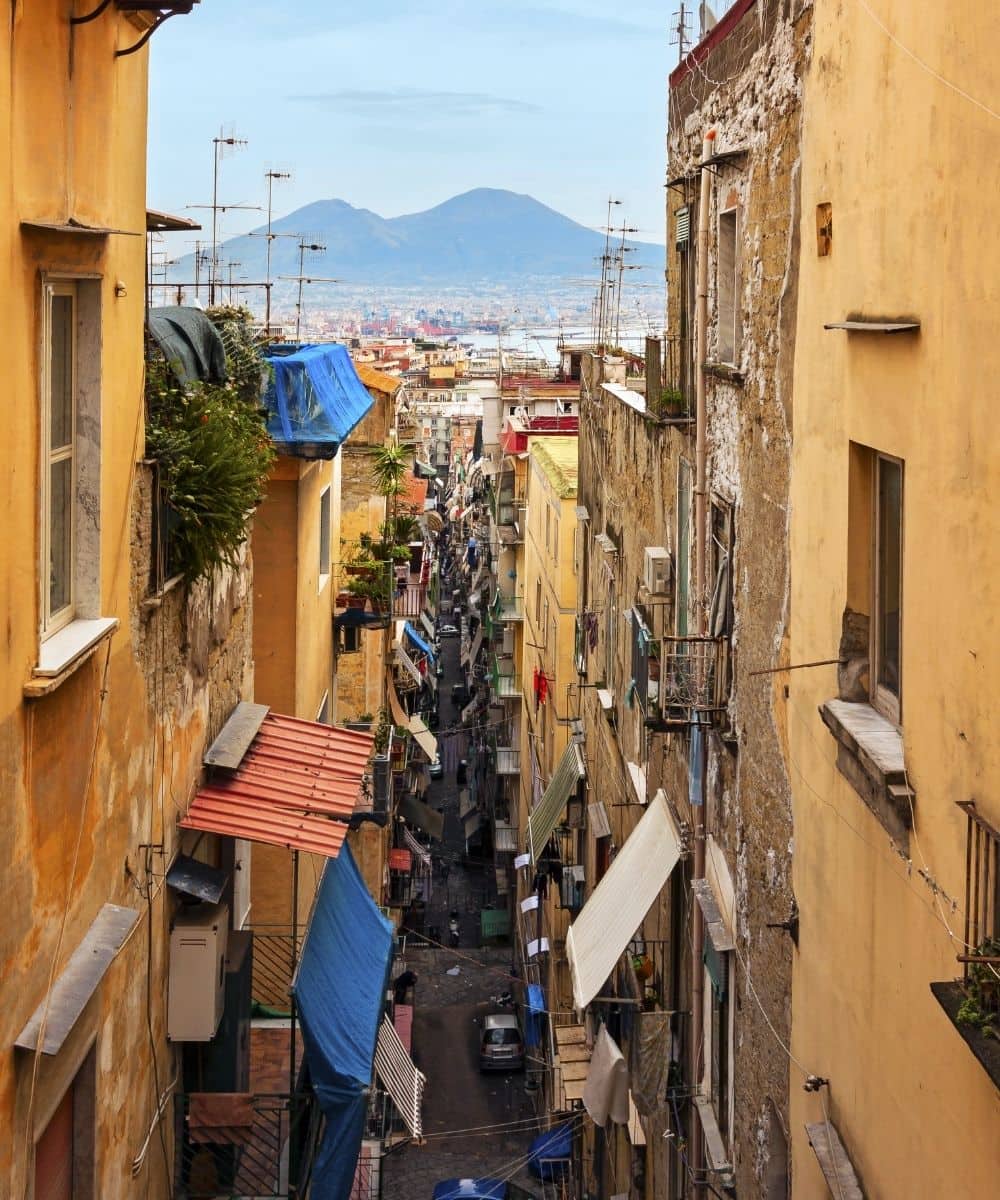
Naples' historic centre identifies a portion of the city and its historical, social and cultural evolution since its birth. The foundation took place around the eighth century BC. Legend has it that the city was founded on the strip of land where today the Castel dell Ovo is upon, but historical analyzes have revealed two ancient original nuclei: the first on the Pizzofalcone promontory, the second in the current historical centre, identified with the Hippodamian system of thistles and decumani. The two cities, identified as Partenope and Neapolis, were the foundation stone of the current city of Naples.
There are few testimonies of the Greek city, such as fragments of defensive walls as in Piazza Bellini. The Greek era gave way to the Roman one, of which numerous archaeological remains have come down to us: temples, an amphitheatre, catacombs and various finds can be visited both in the museums and in the archaeological areas of the city both outdoors.
The Middle Ages in Naples
.jpg)
With Christianity era, after the fall of the Western Roman Empire, there was the construction of churches and places of prayer between the late Paleocrisite and the medieval style influenced by the various dynasties that followed, including the Basilica of San Gennaro extra- moenia, built next to the Catacombs of San Gennaro, as, before the Edict of Constantine, Christian believers had to profess their faith in secret in the darkness of the catacombs, and the Basilica of Santa Restituta, commissioned by Constantine and later incorporated into the Cathedral of Naples with a new Baroque style.
Ending the Roman era and the era of the conquering barbarians, there was a period of splendour with Frederick II of Swabia and his Holy Roman Empire. Although the capital of his kingdom was Palermo, Frederick II always had a predilection for Naples for its strategic position and its role as a cultural and intellectual pole. His greatest legacy is the Castel dell'Ovo, built on the remains of the Roman villa of Lucio Licinio Lucullo on the islet of Megaride, and the foundation of the first state and secular Universitas studiorum in the world in 1224.
The Kingdom of Naples: the Angevins and the Aragonese
.jpg)
The following domination of the Angevins left dozens of testimonies to Naples, often remains of rare beauty, which follows different styles from Gothic to late Provençal. The most famous is, undoubtedly, the Castel Nuovo, better known as Maschio Angioino, but also the Cathedral, the churches of San Lorenzo Maggiore and Santa Chiara, with its colourful Cloister of the Poor Clares.
The following centuries brought a lot of changes to Naples with the Angevins gave way to the Aragonese dominion, which left in Naples, its Royal Palace in Piazza del Plebiscito and later with the Kingdom of the Two Sicilies, the city saw a profound reorganization of the spaces and its urban layout, which made it the modern metropolis that we can visit today.
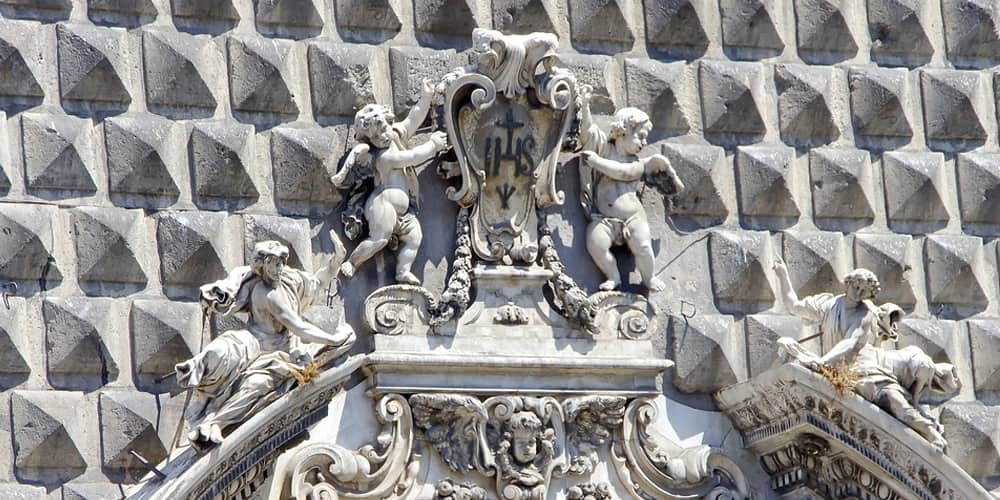
Naples has the role of being one of the most influential cultural centres in history in the Mediterranean Sea and it has confirmed from the times of Magna Graecia until the following centuries, exercising important influences in many cultural spheres, related to the arts of all kinds.
In addition as proof of its uniqueness, the city still has the original historic urban layout. There are countless and notable proofs like the Greco-Roman city layout and the chessboard arrangement of the "Spanish quarters" of the sixteenth century. Moreover, the vast number of buildings, whether public or private, is well preserved in their spatial, volumetric and decorative properties.
What do you see in the historic centre of Naples?
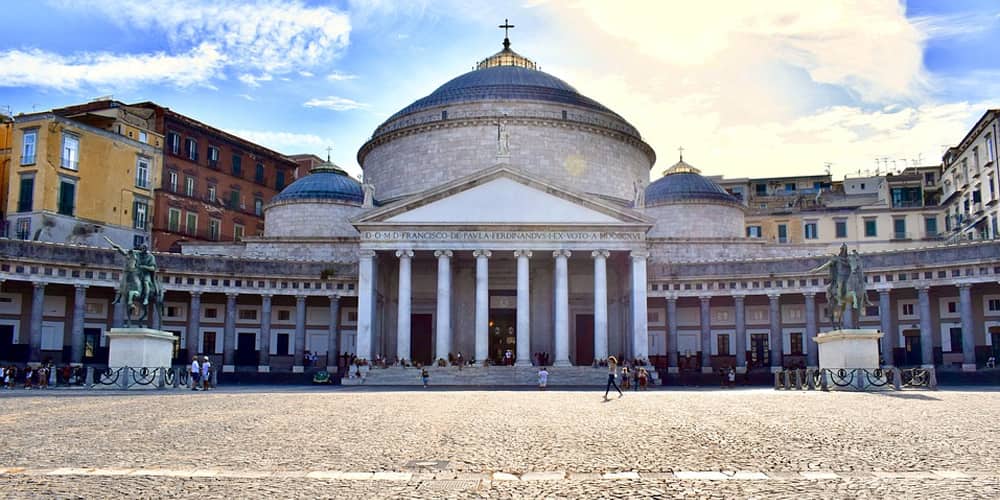
A single paragraph would not be enough to describe all the beauties of Naples' historic centre, so I will try to list some of the things not to be missed.
In addition to the aforementioned beauties, which history has decided to leave in Naples, you cannot help but visit the following attractions that the city offers: from the walks in folkloristic alleys, in the underground Naples or through San Gregorio Armeno to the visit to the Sansevero Chapel and the Cathedral of Naples with its incredible relics, passing through Piazza del Gesù, Piazza San Domenico Maggiore, the Galleria Umberto, the San Carlo and much more, such as a lot of museums and theatres, the that have convinced UNESCO to inscribe them in its World Heritage list with the justification of their exceptional universal value.
.jpg)
If you want to visit Naples in comfort, one of the best services is Blu Transfer, which offers a transfer and rental service with drivers throughout Naples. An exclusive and fast service that will allow you to reach every corner of the city with maximum comfort and safety, with professional drivers and immediate availability.
Blu transfer creates the perfect travel experience possible, helping to make every travel experience in these beautiful places even more required.
Naples deserves to be lived and visited every corner; this is one of the unofficial requirements that made it a World Heritage Site.
About the author
Written on 29/04/2021



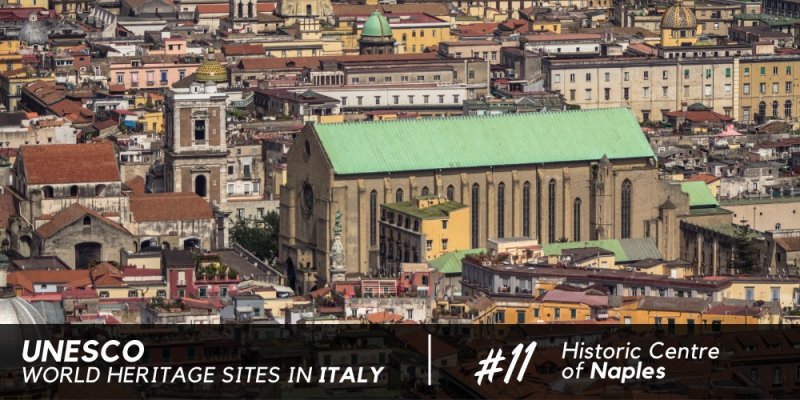
Mario Galterisi
The historic centre of Naples is one of the pearl of Mediterranean sea. Visit a place with a unique and world-famous universal value.